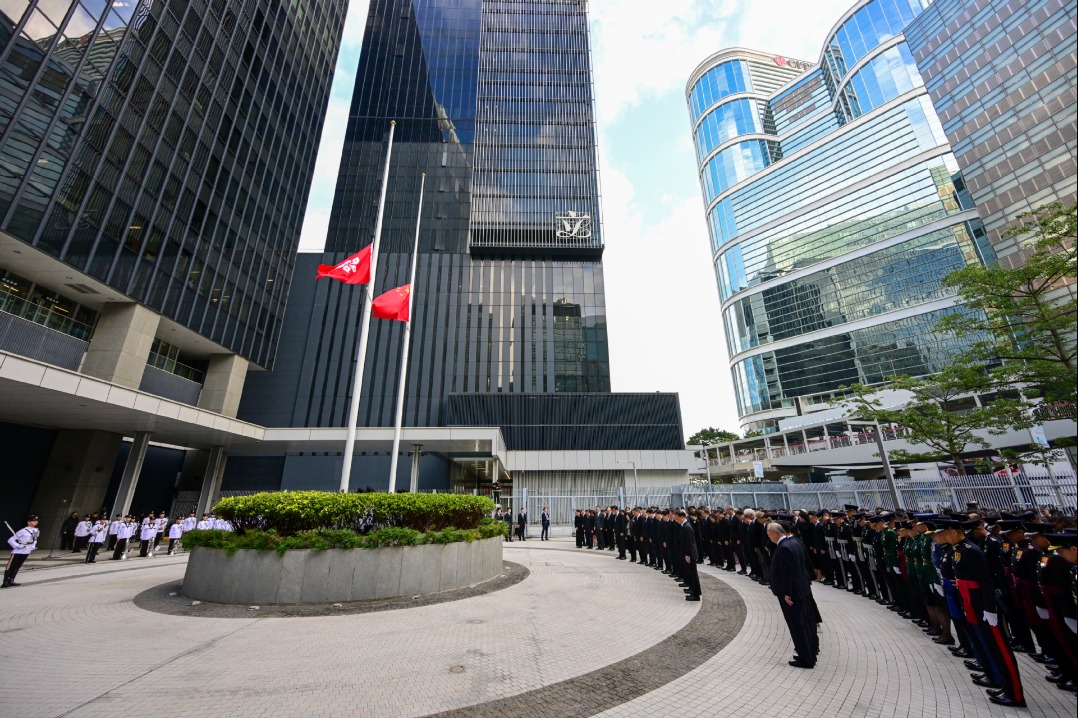What's on

Floral rules
Ancient Chinese people saw flowers as a microcosm of the great universe, allowing them a glimpse into the rules of nature. This inspired artists living centuries ago to create flower-themed paintings as a way to examine relationships among human beings and other living things in the environment. An exhibition at the Yan Huang Art Museum in Beijing showcases more than 130 paintings of the classical flower-and-bird genre, dating back to the mid-Ming Dynasty (1368-1644). Also on show are prints and folk art pieces featuring flowers. The exhibition runs until June 27.
10 am-6 pm, Tuesday to Sunday. 9 Huizhong Lu, Yayuncun, Chaoyang district, Beijing. 010-6491-2902.
Figurative touch
Ren Bonian (1840-95) was one of the leading painters dedicated to ushering Chinese ink traditions into the modern age. Also a pioneer of the Shanghai School of Painting, Ren developed a style that incorporated many classical Chinese painting techniques into his works, which attested to the tastes of both the elite and commoners. Strokes of Wonder, an exhibition at the National Art Museum of China until June 6, displays some 100 paintings from its collection, reflecting Ren's accomplishments in the figure-painting genre. Ren's figure paintings represent a trend at a time when artists tried to blend the figurative form into their works while rendering a scholarly touch.
9 am-5 pm, closed on Mondays. 1 Wusi Dajie, Dongcheng district, Beijing. 010-6400-6326.
Regal exclusive
An exhibition at the Jiaxing Museum until Aug 15, Royal Glamor traces the life of the royal family in the Qing Dynasty (1644-1911) at the Imperial Palace in Shenyang. Built between 1625 and 1635, the palace is now known as the Shenyang Palace Museum. Artifacts on show are from the palace museum's collection, with displays of exquisite outfits, ornaments, jewelries and other types of fine craftsmanship to help visitors picture scenes of ancient court activities. It is a testament to the royals' taste in art, and reflects their take on hierarchy, and also life and death.
9 am-5 pm, closed on Mondays. 485 Haiyantang Road, Nanhu district, Jiaxing, Zhejiang province.
Tide of fortune
An exhibition, Traces of the State of Rui, brings together more than 230 bronze, gold and jade objects unearthed from the Shaanxi and Shanxi provinces to unveil the face of Rui, the once booming and glorious state that lasted four centuries. The state of Rui was established during the Western Zhou Dynasty (c.11th century-771 BC). After being merged into the territory of the state of Qin, it was gradually forgotten. Two archaeological excavations in 2004 and 2005 shed new light on the prosperity of Rui. The exhibition at Shanxi Museum until July 25 illustrates the vicissitudes of Rui, as well as the strict social ranks, etiquette and diverse lifestyles enjoyed by the ruling class.
9 am-5 pm, closed on Mondays. 13 Binhe Xilu, Taiyuan, Shanxi province. 0351-878-9188.
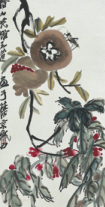
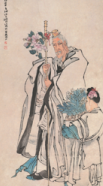
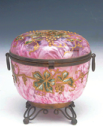
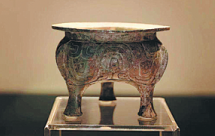
Today's Top News
- Xi stresses improving long-term mechanisms for cyberspace governance
- Experts share ideas on advancing human rights
- Japan PM's remarks on Taiwan send severely wrong signal
- Key steps to boost RMB's intl standing highlighted
- Sustained fight against corruption urged
- Xi calls for promotion of spirit of volunteerism




















